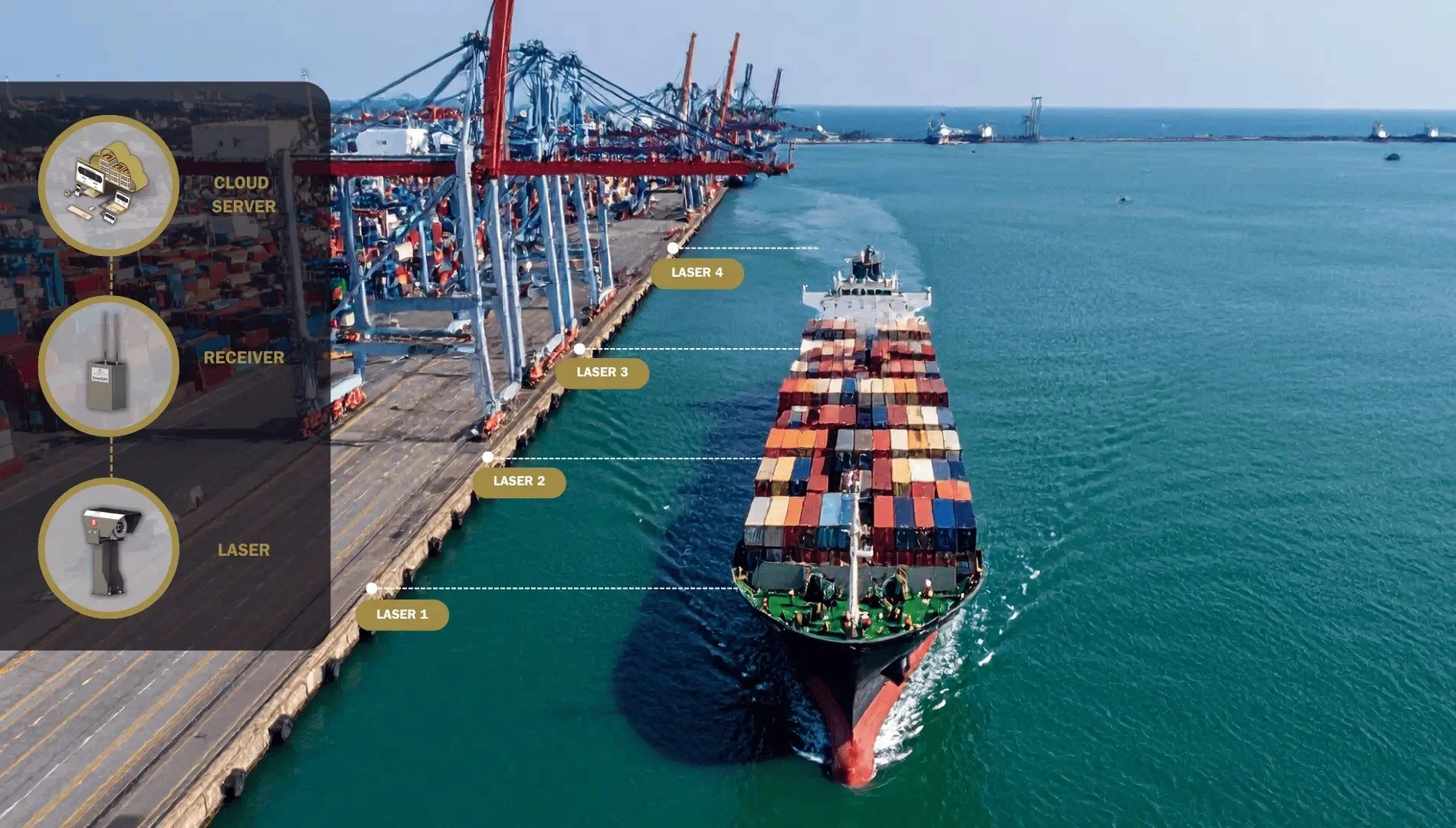Trelleborg introduces system for smart berthing operations using data-driven decision making
Trelleborg Marine and Infrastructure introduces Smart Docking Aid System (SmartDAS), an advanced berthing monitoring technology that enables smarter operational and strategic decision-making while enhancing safety, efficiency and sustainability across port operations worldwide.
The system provides port operators with comprehensive, objective data that transforms traditional berthing operations from subjective processes into precise, data-driven decisions. SmartDAS addresses multiple operational challenges simultaneously, delivering measurable improvements in safety protocols, operational efficiency, infrastructure optimisation and environmental performance.
"Modern port operations require intelligent solutions that provide actionable insights for both immediate operational decisions and long-term strategic planning," said Richard Hepworth, Business Unit President at Trelleborg Marine & Infrastructure. "SmartDAS delivers comprehensive data that empowers operators to make informed decisions across all aspects of berthing operations."
SmartDAS detects approaching vessels up to 200 metres away and captures critical metrics including vessel distance, velocity and longitudinal angle. The system stores all data securely in the cloud with remote access capabilities and integrates with AIS (Automatic Identification System) technology to automatically match vessel identification with berthing information. This comprehensive data collection enables operators to analyse patterns, optimise procedures and make strategic decisions based on actual operational performance rather than assumptions. The compact system operates in ‘set and forget’ mode for continuous monitoring with minimal energy consumption.
The technology enhances safety through configurable alarms that warn operators when approach parameters exceed safe thresholds. Implementation options include mobile LED display boards that provide real-time feedback to approaching vessels, particularly valuable in challenging conditions. The system's autonomous monitoring capability reduces human oversight requirements while providing continuous protection for vessels and infrastructure.
Operational efficiency improvements result from the system's ability to generate comprehensive reports, replay historical berthing sessions, and identify optimisation opportunities. SmartDAS provides site-specific berthing information recommended in PIANC WG 211 guidelines, enabling more accurate infrastructure design decisions. According to these guidelines, such data enables optimised fender design, delivering more efficient and cost-effective fender solutions.
The technology supports sustainability initiatives by enabling data-driven infrastructure decisions that prevent over-design and reduce material consumption. The system's preventative approach extends infrastructure lifecycle and reduces emergency repairs, supporting preventative maintenance practices. Optional integration with Trelleborg MetOcean sensors allows correlation of environmental conditions with berthing performance, enabling operators to optimise operations based on actual conditions.
Infrastructure damage prevention represents one key benefit of the comprehensive monitoring capabilities. A container terminal in Australia that experienced repeated unreported infrastructure damage implemented SmartDAS to identify patterns and establish accountability, enabling preventative measures and eliminating costly emergency repairs. The system provides clear evidence of berthing incidents, establishing accountability while enabling operators to address issues before they become major problems. A California oil terminal demonstrated the system's flexibility by implementing a streamlined configuration with four lasers and a single SmartDAS interface, using existing infrastructure to minimise installation costs while maintaining full functionality.
SmartDAS is a critical component of SmartPort. SmartPort by Trelleborg is a technology platform that connects disparate, data-driven assets to power communication and decision making in the port environment, giving stakeholders a holistic view of operations.

